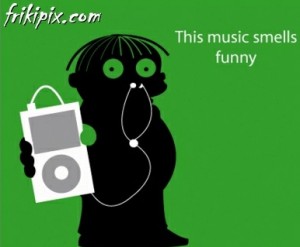 Firestorms flare up that much quicker online…
Firestorms flare up that much quicker online…
No sooner had Beck, iconic artist and poster boy for my “slacker generation”, announced plans to release his next album as sheet music only, than had the idea been inflated, exclaimed, and shot down. Indeed, before many of us had taken the time to digest and explore the idea, the curiously polarizing force of the Internet jury had processed its conceptual merits and delivered a typically inconclusive verdict.
But the clarity was delivered, as it so often is, by de facto industry watchdog Bob Lefsetz in his daily missive. Four words was all it took:
“It’s a publicity stunt.”







.